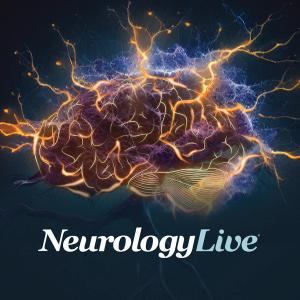|Videos|March 11, 2021
Cure SMA: Evaluation of SMA in the Era of Telehealth
Author(s)Diana Castro, MD
Garey H. Noritz, MD
Garey H. Noritz, MD
The NeurologyLive Cure Connections series, “Evaluation of Spinal Muscular Atrophy in the Era of Telehealth,” put on in partnership with Cure SMA, features Diana Castro, MD, and Garey H. Noritz, MD, who offer tips and demonstrations for screening and diagnosing SMA via telehealth. Additionally, resources provided by Cure SMA are outlined for families and clinicians who suspect SMA or have a patient diagnosed with SMA.
Advertisement
Newsletter
Keep your finger on the pulse of neurology—subscribe to NeurologyLive for expert interviews, new data, and breakthrough treatment updates.
Advertisement
Related Articles
Latest CME
Advertisement
Advertisement
Trending on NeurologyLive - Clinical Neurology News and Neurology Expert Insights
1
Stem Cells of Secondary Progressive Multiple Sclerosis Drive Increased Proinflammatory T-Cell Activity
2
Daridorexant Provides Relief for Insomnia in Women During Menopausal Transition
3
RELIEV-CM Pilot Study Data Further Supports ShiraTronics’ Neuromodulation Device to Treat Chronic Migraine
4
Optimizing Speech and Movement Therapy to Improve Motor and Nonmotor Symptoms of Parkinson Disease: Cynthia Fox, PhD, CCC-SLP
5














































